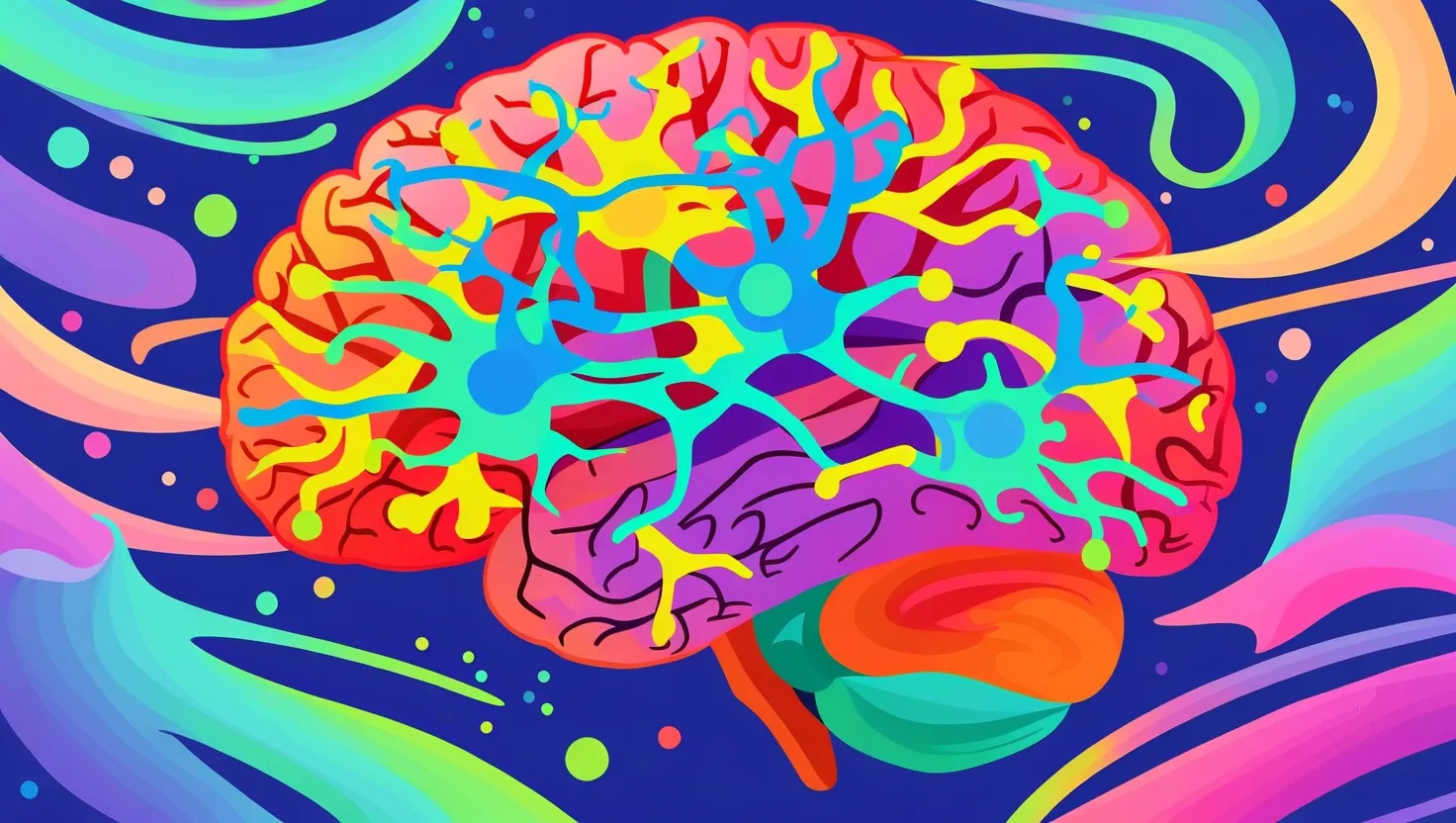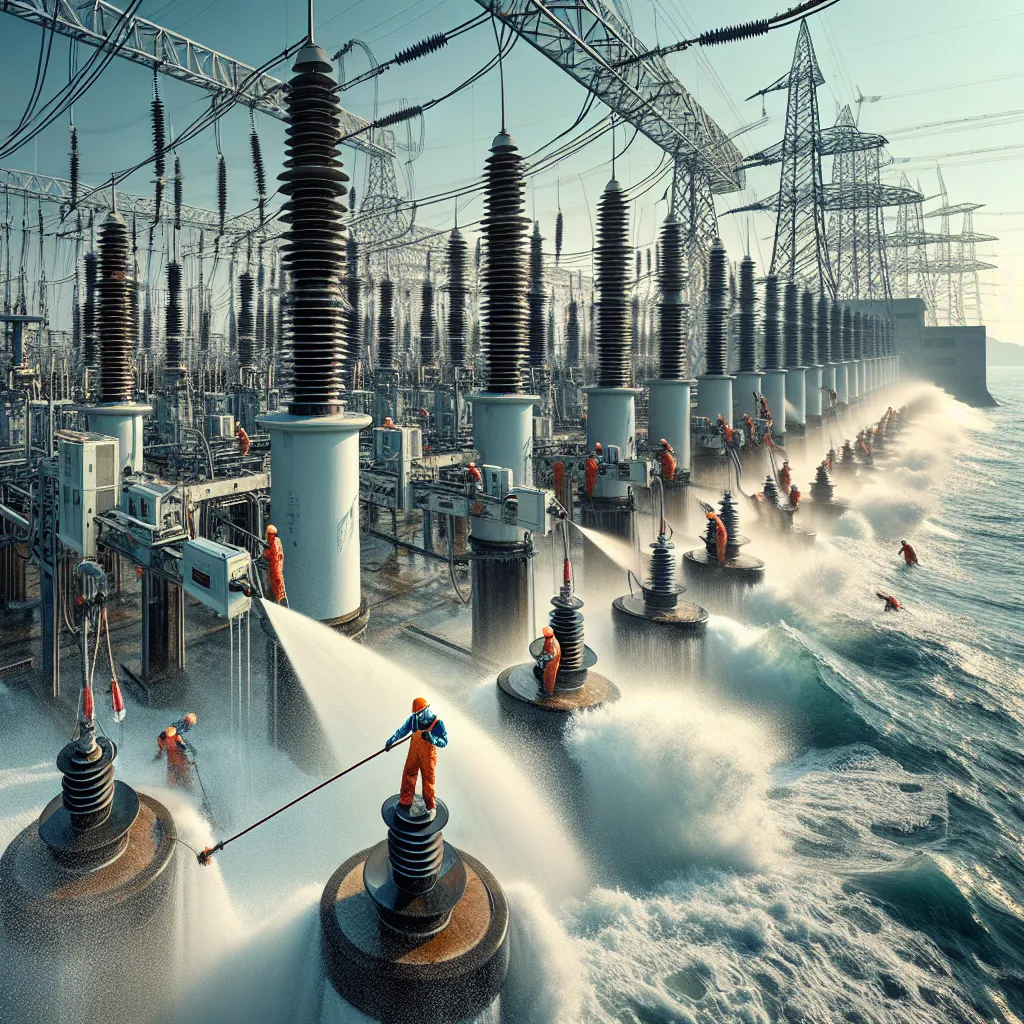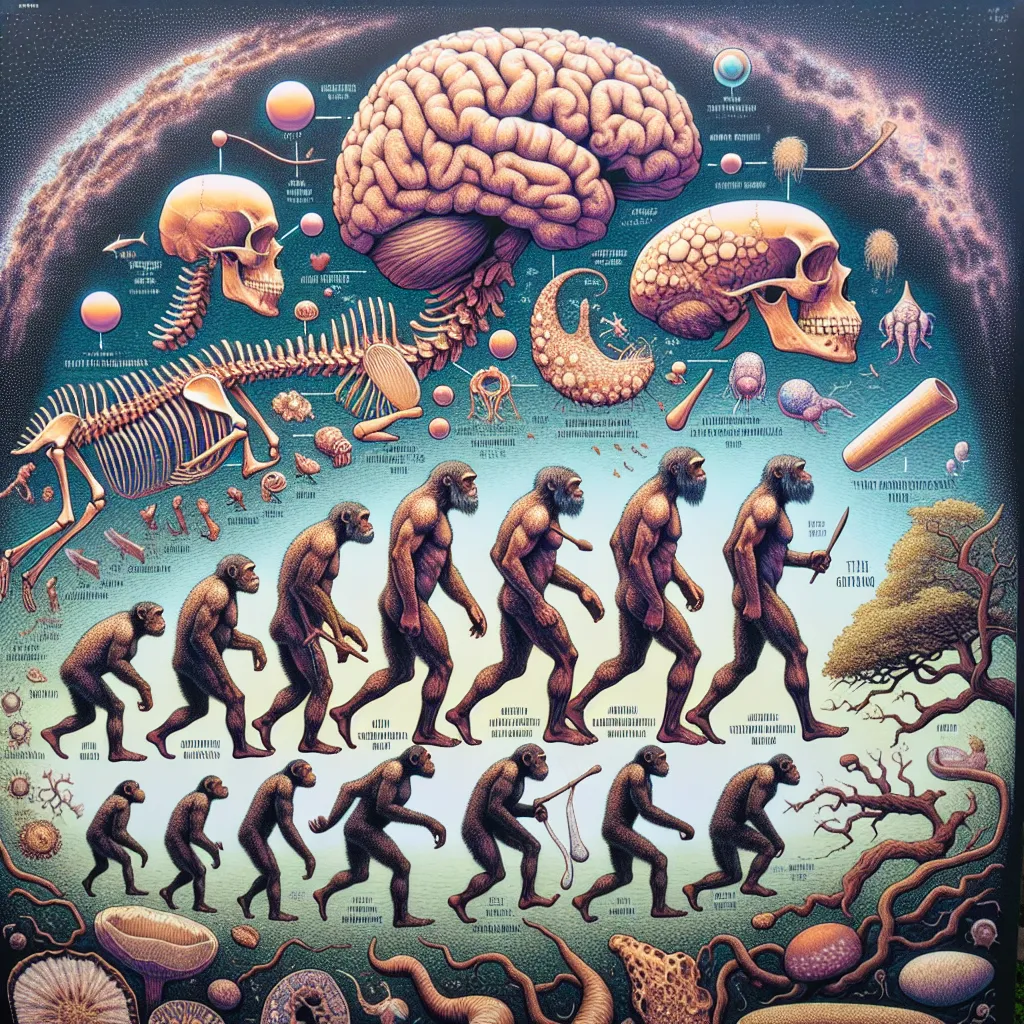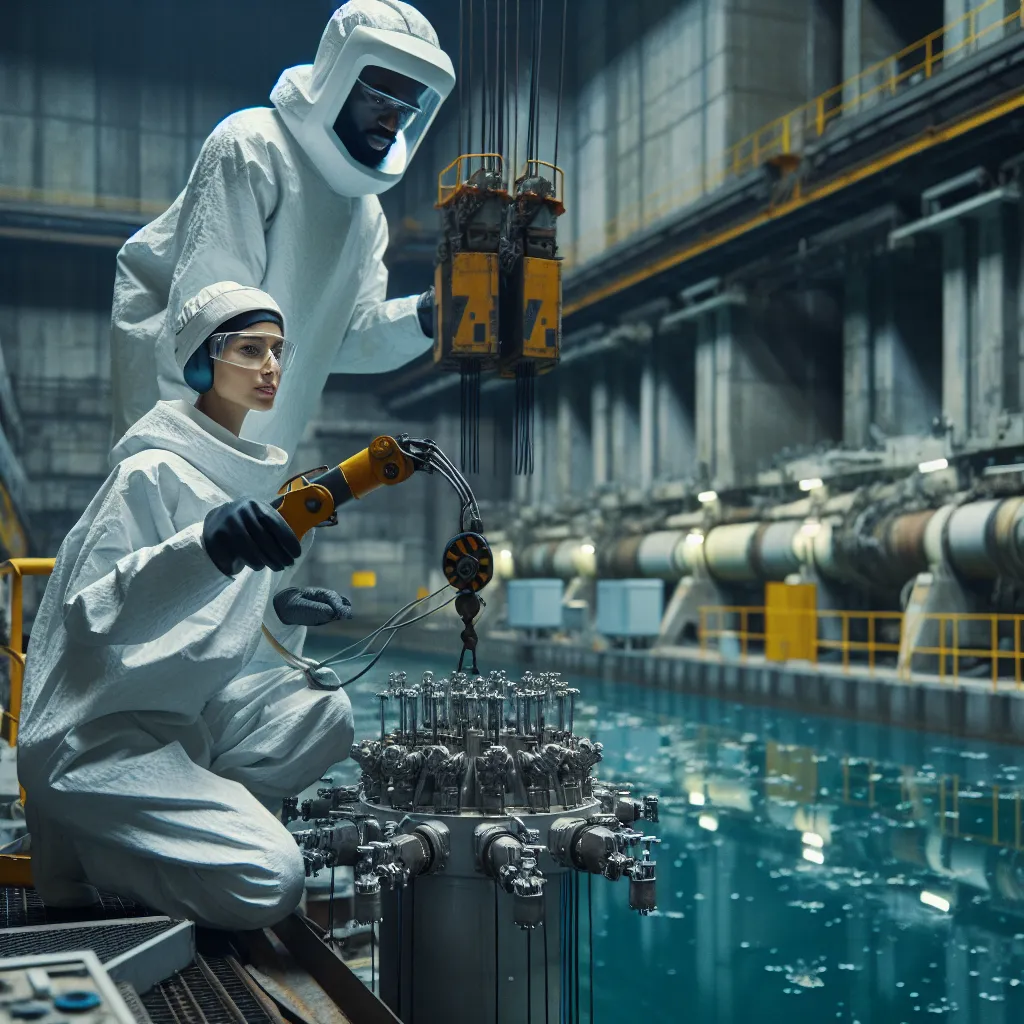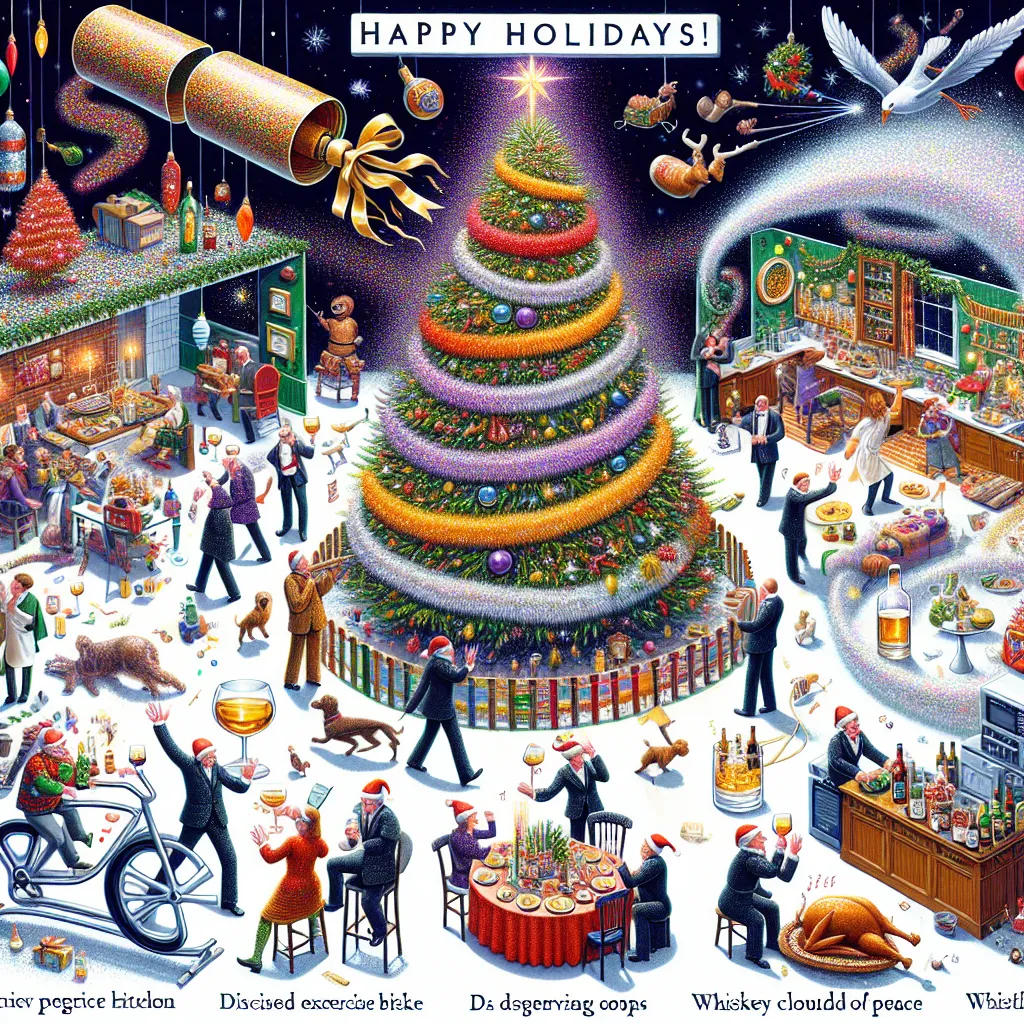Imagine a world where numbers have colors, sounds have textures, and time unfolds in a physical space around you. This is the realm of synesthesia, a neurological phenomenon where the senses blend in unexpected and fascinating ways. But what if this blending of senses is more than just a quirky brain function? What if it hints at something much deeper, like the possibility of perceiving information from parallel universes or alternate realities?
To delve into this intriguing idea, let’s start with what synesthesia is. Synesthetes, people with synesthesia, experience a mixing of the senses that is both vivid and involuntary. For instance, some people see numbers and letters in specific colors, a condition known as grapheme-color synesthesia. Others might hear sounds when they see colors or feel tactile sensations when they hear music. One of the most fascinating forms is time-space synesthesia, where units of time are perceived as having a physical reality. A person with this condition might see the year as a circular ring surrounding their body, with each month and day having a specific location in space.
These experiences are not just figments of the imagination; they are real and can be quite detailed. For example, a person with time-space synesthesia might see the current month inside their chest and the previous month floating in front of them. This spatial mapping of time is so vivid that synesthetes often perform better in tasks that require visual and spatial memory. In one study, synesthetes were asked to memorize an unfamiliar spatial calendar and reproduce it. They far outperformed non-synesthetes, demonstrating their enhanced spatial and temporal memory.
But how does this relate to the idea of parallel universes or alternate realities? The connection lies in the realm of quantum mechanics, where the principles of superposition and entanglement suggest that particles can exist in multiple states and locations simultaneously. Some researchers propose that synesthetes might be tapping into these quantum states, perceiving information that is not available to the rest of us.
One of the key theories here is the concept of quantum consciousness. This idea, explored by researchers like Roger Penrose and Stuart Hameroff, suggests that consciousness is not just a product of the brain but is fundamentally linked to quantum processes. According to this theory, microtubules within brain cells could be processing information in a way that is akin to quantum computing. This would mean that the brain is not just a classical computer but a quantum one, capable of processing information in ways that transcend our everyday experience.
If synesthetes are indeed tapping into these quantum states, it could explain their heightened creativity and memory. Synesthesia often involves enhanced visuo-spatial imagery, which could be a result of the brain’s ability to process information from multiple sources simultaneously. This would be akin to seeing multiple realities at once, or at least, perceiving the world in a way that is richer and more multidimensional than what non-synesthetes experience.
However, this is not just about synesthetes; it has implications for all of us. Understanding how synesthesia works could unlock hidden potentials in our own brains. For instance, if we can learn to harness the brain’s ability to blend senses, we might enhance our own creativity and memory. This is not a far-fetched idea; there are already studies showing that non-synesthetes can be trained to experience some forms of synesthesia, albeit temporarily.
Another fascinating aspect of this phenomenon is the role of mirror neurons. These neurons, found in the cerebral cortex, are responsible for empathy and the ability to understand other people’s actions. In some rare cases, this can lead to mirror touch synesthesia, where an observer feels the same sensations as the person they are observing. For example, a neurologist named Joel Salinas has this condition and can literally feel the touch or pain of another person. This blurring of boundaries between self and others could be seen as a form of quantum entanglement at the human level, where two people become connected in a way that transcends physical space.
The idea that our brains might be sensitive to magnetic fields, similar to some birds and animals, also adds another layer to this discussion. Research has shown that humans can be affected by magnetic fields, which could be a vestige from our evolutionary past. This sensitivity might be another way in which our brains are tapping into information that is not readily available to our conscious minds.
Moreover, there are cases of people with what is known as blindsight, who can navigate and react to their environment without consciously seeing it. This primitive form of vision, mediated by the superior colliculus in the midbrain, suggests that there are levels of perception that operate beneath our conscious awareness. It’s as if our brains are constantly processing information from multiple sources, some of which we are not even aware of.
In conclusion, the phenomenon of synesthesia and its potential connection to quantum mechanics opens up a vast and intriguing landscape. It challenges our traditional understanding of perception and consciousness, suggesting that our brains are capable of far more than we currently comprehend. Whether synesthetes are indeed glimpsing parallel realities or just experiencing the world in a uniquely rich way, one thing is clear: there is much more to human perception than meets the eye.
As we continue to explore these mysteries, we may find that the boundaries between our senses and between our reality and others are more fluid than we ever imagined. This journey into the heart of synesthesia and quantum consciousness is not just about understanding a neurological condition; it’s about uncovering the hidden potentials of the human mind and the incredible ways in which we perceive and interact with the world around us. So, the next time you see a number or hear a sound, remember that there might be more to it than just what you’re consciously experiencing – there might be a whole other world waiting to be discovered.
